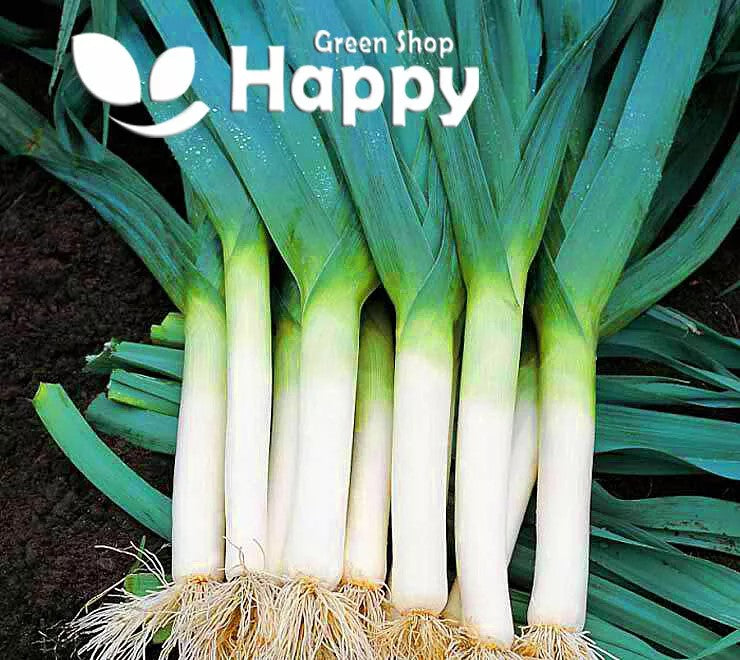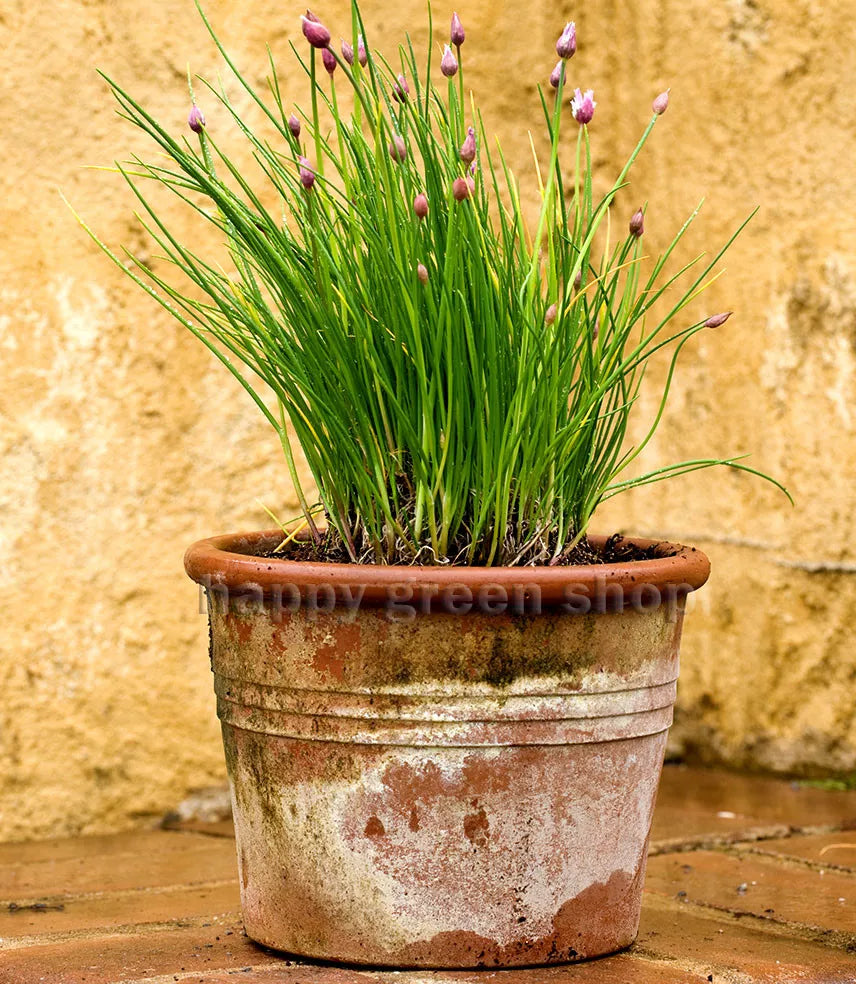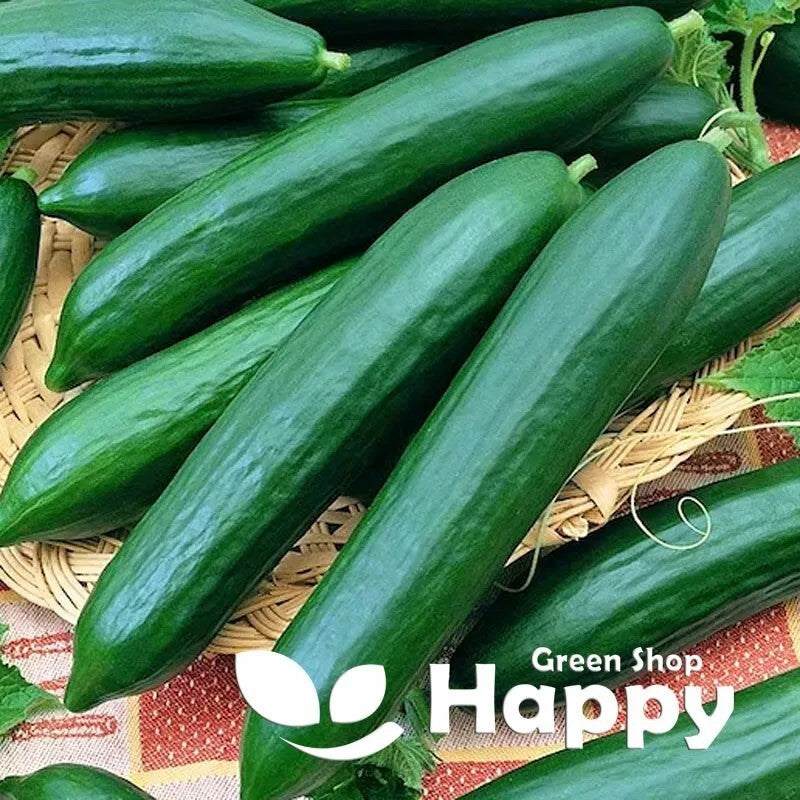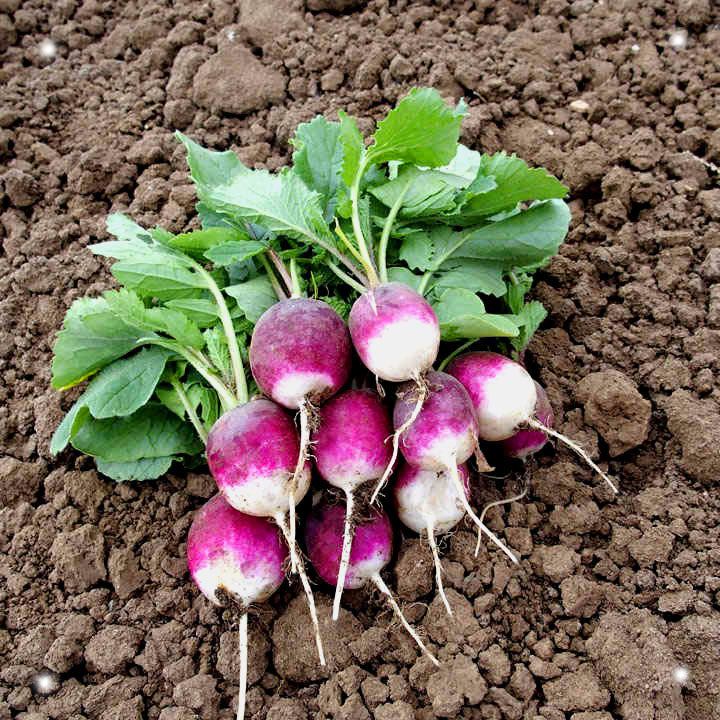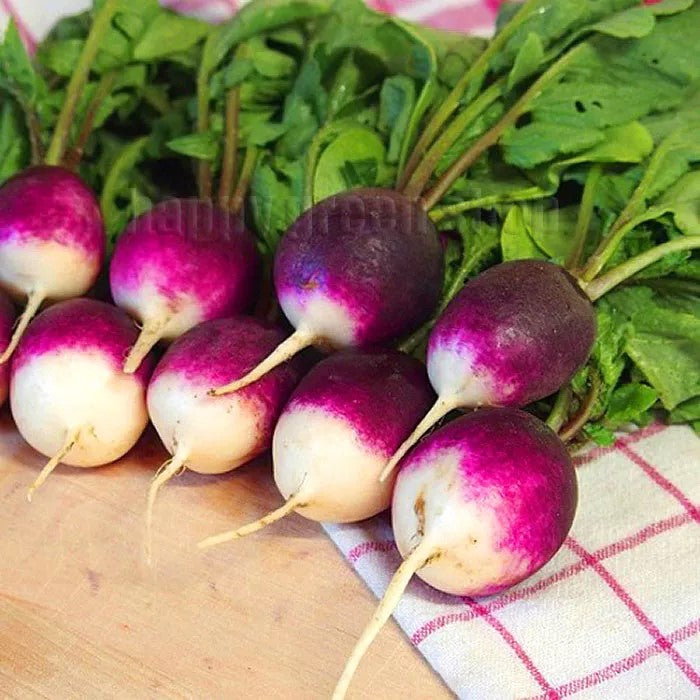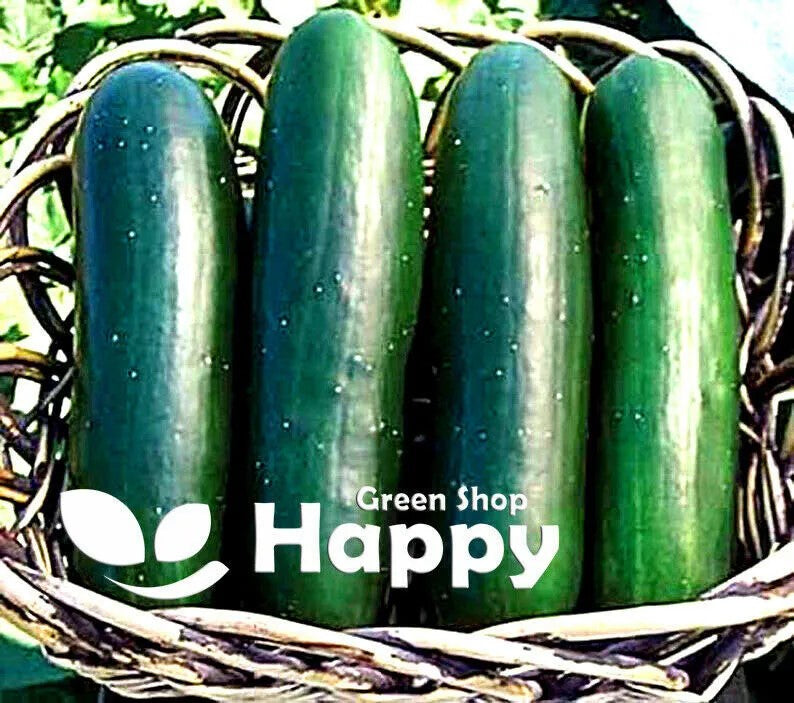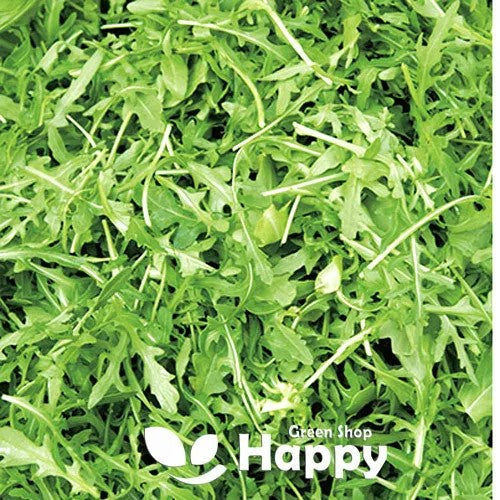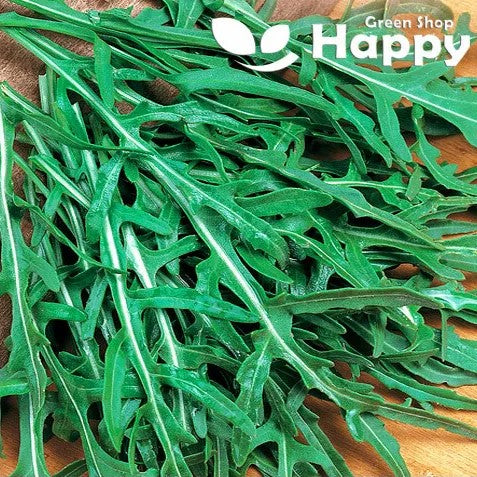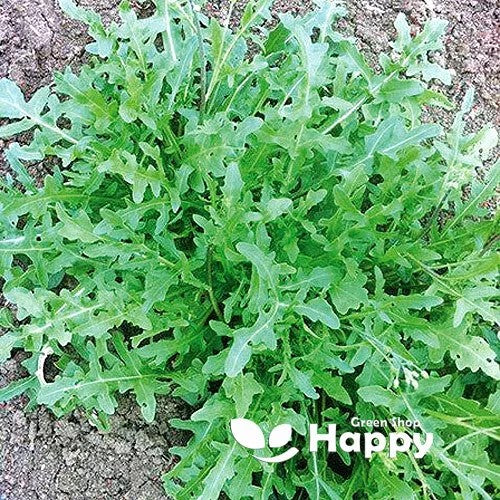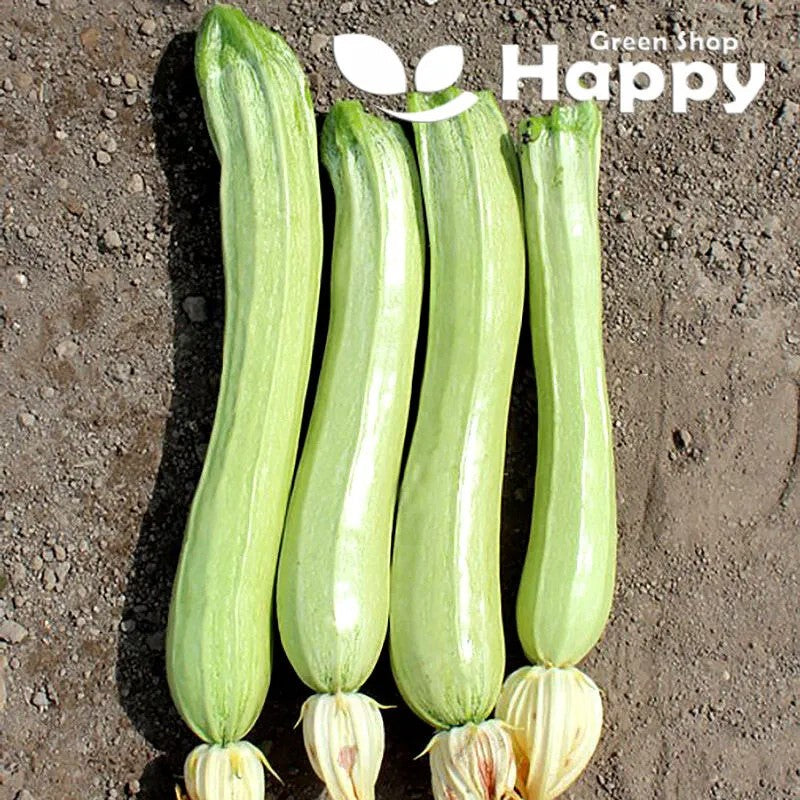Sort by:
299 products
299 products
Parsley Hamburg 'Alba' – Seeds (Petroselinum crispum)
Parsley Hamburg 'Alba' is a dual-purpose variety grown both for its large, white, parsnip-like roots and its flavorful parsley leaves. The roots are excellent roasted, boiled, or grated raw into salads, while the leaves can be used fresh as a garnish or in cooking. A versatile and easy-to-grow addition to the kitchen garden.
How to Grow
-
Sow outdoors: March – July, directly into well-prepared soil.
-
Thin seedlings to 15 cm apart in rows 30 cm apart.
-
Prefers fertile, light, well-drained soil.
-
Water regularly for strong root development.
Key Features
-
Root parsley variety with sweet, nutty flavor
-
Dual-purpose: edible roots & aromatic leaves
-
Easy to grow and hardy in most soils
-
Stores well after harvest
-
Great for soups, stews, roasting, and garnishing
Ideal For
-
Root vegetable dishes
-
Fresh parsley leaves for cooking
-
Kitchen gardens and allotments
Sowing & Harvest
-
Sow: March – July
-
Harvest: October – December
Quick Tip
For the best roots, loosen soil well before sowing to allow long, straight growth.
Lemon Balm – Seeds (Melissa officinalis)
Lemon Balm is a hardy perennial herb valued for its refreshing lemon-scented leaves. Perfect for teas, desserts, and savory dishes, it also makes a soothing herbal remedy often used to promote relaxation. Its fragrant foliage attracts bees and pollinators, while its resilience makes it an easy-to-grow choice for gardens, pots, or borders.
How to Grow
-
Sow indoors: March – May in trays at 18–20°C.
-
Sow outdoors: May – July in a sunny or lightly shaded spot.
-
Thin or transplant seedlings to 30 cm apart.
-
Prefers fertile, well-drained soil.
-
Cut back after flowering to encourage fresh growth.
Key Features
-
Hardy perennial with refreshing lemon scent
-
Aromatic leaves for teas, salads, and cooking
-
Excellent for herbal remedies and relaxation
-
Attracts bees and pollinators
-
Easy to grow in borders or containers
Ideal For
-
Herbal teas and drinks
-
Culinary use in sweet and savory dishes
-
Herb gardens, borders, and patio pots
Sowing & Harvest
-
Sow: March – July
-
Harvest: May – October
Quick Tip
Pick leaves early in the morning for the best flavor and fragrance.
Chives 'Bohemia' - 1000 seeds (Allium schoenoprasum) - Hardy Perennial - Overwintering
£1.15
Unit price perChives 'Bohemia' - 1000 seeds (Allium schoenoprasum) - Hardy Perennial - Overwintering
£1.15
Unit price perChives ‘Bohemia’ – Seeds (Allium schoenoprasum) – Hardy Perennial
Chives ‘Bohemia’ is a hardy perennial herb, perfect for overwintering and providing fresh growth year after year. Known for its fine, hollow green leaves and mild onion flavor, it’s a versatile kitchen herb ideal for salads, soups, sauces, and garnishes. In summer, attractive purple-pink flowers appear, loved by bees and pollinators, making this a decorative as well as useful garden plant.
How to Grow
-
Sow indoors: February – April in pots or trays at 15–20°C.
-
Sow outdoors: April – July in finely prepared soil.
-
Thin or transplant seedlings to 20 cm apart.
-
Prefers full sun or partial shade and well-drained soil.
-
Cut regularly to encourage fresh growth.
Key Features
-
Hardy perennial herb with overwintering growth
-
Fine, mild onion-flavored leaves
-
Decorative purple flowers attract pollinators
-
Easy to grow in pots, borders, or herb gardens
-
Reliable year-round harvests
Ideal For
-
Fresh salads, soups, sauces, and garnishes
-
Herb gardens, borders, and containers
-
Attracting bees and pollinators
Sowing & Harvest
-
Sow: February – July
-
Harvest: May – October, with regrowth in spring
Quick Tip
Divide clumps every few years to maintain healthy growth and extend the lifespan of your chive plants.
Cucumber ‘Saturn’ F1 – Seeds (Cucumis sativus)
Cucumber ‘Saturn’ F1 is a vigorous hybrid variety producing high yields of smooth, dark green fruits around 18–20 cm long. Known for its crisp texture and refreshing flavor, it is an excellent slicing cucumber for salads and fresh snacking. With strong resistance to common cucumber diseases, ‘Saturn’ F1 is a reliable and productive choice for greenhouse or outdoor growing.
How to Grow
-
Sow indoors: April – May in pots at 20–25°C.
-
Transplant outdoors or into greenhouse after last frost.
-
Plant spacing: 60 cm apart.
-
Train plants up supports or trellis for best results.
-
Keep soil consistently moist and feed regularly.
Key Features
-
F1 hybrid with excellent yields
-
Smooth, uniform fruits, 18–20 cm long
-
Crisp, refreshing taste
-
Strong disease resistance
-
Suitable for outdoor and greenhouse cultivation
Ideal For
-
Fresh salads and sandwiches
-
Healthy snacking
-
Continuous summer harvests
Sowing & Harvest
-
Sow: April – May
-
Harvest: June – September
Quick Tip
Pinch out side shoots to encourage airflow and focus the plant’s energy on producing quality fruits.
Beetroot (Cylindrica) ‘Kahira’ – Seeds (Beta vulgaris)
Beetroot ‘Kahira’ is a traditional Egyptian cylindrical variety, well-loved for its uniform shape, tender flesh, and sweet earthy flavor. Its elongated roots slice easily into even rounds, making it a favorite for cooking, pickling, and storage. Productive and reliable, ‘Kahira’ is a hardy beetroot that thrives in a wide range of soils and climates.
How to Grow
-
Sow direct outdoors: March – July in well-prepared soil.
-
Sow 2 cm deep in rows 30 cm apart.
-
Thin seedlings to 10 cm apart once established.
-
Keep soil moist for tender, juicy roots.
Key Features
-
Cylindrical roots for easy slicing
-
Sweet, tender flesh with rich flavor
-
High-yielding and uniform growth
-
Great for cooking, salads, and pickling
-
Excellent storage variety
Ideal For
-
Fresh salads, roasting, and boiling
-
Pickling and preserving
-
Long-term storage for winter use
Sowing & Harvest
-
Sow: March – July
-
Harvest: June – October
Quick Tip
Harvest when young for extra tenderness, or allow to mature for larger roots ideal for storage and preserving.
Radish ‘Diana’ – Seeds (Raphanus sativus)
Radish ‘Diana’ is an eye-catching variety with unique purple skin tipped in white, producing round roots with crisp, tender flesh. Mild yet refreshing in flavor, this radish adds a splash of color and crunch to salads and snacks. A quick-maturing variety, it is perfect for sowing little and often to ensure continuous harvests throughout the season.
How to Grow
-
Sow direct outdoors: March – September in well-prepared soil.
-
Sow thinly, 1 cm deep in rows 10 cm apart.
-
Thin seedlings to 2–3 cm for best-sized roots.
-
Keep soil moist to avoid woody or split radishes.
Key Features
-
Striking purple and white bicolor skin
-
Round roots with crisp, mild flesh
-
Fast-growing and reliable crop
-
Excellent for successional sowing
-
Adds color and variety to salads
Ideal For
-
Fresh salads and garnishes
-
Healthy snacking straight from the garden
-
Containers, raised beds, and open ground
Sowing & Harvest
-
Sow: March – September
-
Harvest: April – October (ready in 3–4 weeks)
Quick Tip
Harvest young and tender for the best flavor and to enjoy their unique bicolor appearance at its brightest.
Cucumber ‘Jogger’ F1 – Seeds (Cucumis sativus)
Cucumber ‘Jogger’ F1 is a high-quality hybrid variety bred for excellent yields and superb taste. Producing smooth, dark green fruits around 18–20 cm long, this cucumber is perfect for slicing, salads, and fresh snacking. Its vigorous plants offer a long harvest window with strong resistance to common cucumber diseases, making it a reliable choice for gardeners.
How to Grow
-
Sow indoors: April – May in pots at 20–25°C.
-
Transplant to greenhouse or outdoors after last frost.
-
Plant spacing: 60 cm between plants.
-
Prefers fertile, well-drained soil and consistent watering.
-
Train plants up supports or trellis for best results.
Key Features
-
F1 hybrid – uniform, high-yielding plants
-
Smooth, dark green fruits (18–20 cm long)
-
Crisp texture and refreshing taste
-
Excellent disease resistance
-
Suitable for greenhouse or outdoor growing
Ideal For
-
Fresh salads and healthy snacking
-
Home gardens and allotments
-
Continuous summer harvests
Sowing & Harvest
-
Sow: April – May
-
Harvest: June – September
Quick Tip
Feed regularly with a tomato fertilizer once fruiting begins to encourage heavy cropping.
Baby Leaf Arugula – Wild Wall Rocket – Seeds (Diplotaxis muralis)
Wild Wall Rocket (Diplotaxis muralis) is a vigorous, fast-growing salad green with small, deeply serrated leaves and a strong, peppery flavor. Perfect as a baby leaf crop, it adds a zesty kick to salads, sandwiches, and garnishes. Compared to regular arugula, it has a more intense taste and exceptional regrowth, making it ideal for repeat harvests throughout the season.
How to Grow
-
Sow directly outdoors from March to September in shallow drills (0.5 cm deep).
-
Space rows 15–20 cm apart.
-
For baby leaves, harvest when young; for larger plants, thin seedlings to 10 cm apart.
-
Prefers full sun to partial shade and well-drained soil.
-
Water regularly to prevent leaves from becoming too spicy.
Key Features
-
Strong, peppery flavor – spicier than standard arugula
-
Quick-growing, ready to cut in just 3–5 weeks
-
Continuous regrowth after cutting (cut & come again)
-
Excellent for salads, sandwiches, and garnishes
-
Rich in vitamins A, C, and minerals
Ideal For
-
Baby leaf production
-
Salad mixes and kitchen gardens
-
Gardeners looking for a stronger, wild arugula flavor
Sowing & Harvest
-
Sow: March – September
-
Harvest: April – October (baby leaves in 3–5 weeks)
Quick Tip
-
To enjoy tender leaves, pick regularly before plants flower. Succession sow every 2–3 weeks for a continuous supply.
Courgette 'Lungo Blanco' – Seeds (Cucurbita pepo)
Courgette 'Lungo Blanco' is a striking variety of zucchini that produces elegant, elongated fruits with a pale, creamy-white skin. Its tender flesh is mild and sweet, making it ideal for grilling, sautéing, roasting, or enjoying fresh in salads. This highly productive plant yields continuously through summer and is perfect for both home gardens and allotments.
How to Grow
-
Sow indoors from March to April in pots, or outdoors after the last frost from May to June.
-
Sow seeds 2–3 cm deep.
-
Transplant or thin seedlings to 60 cm apart in fertile, well-drained soil.
-
Provide full sun and regular watering for best yields.
-
Harvest fruits young for the best flavor and tenderness.
Key Features
-
Unique pale white, elongated zucchini fruits
-
Sweet, mild flavor with tender flesh
-
Continuous harvest throughout summer
-
Easy to grow and high-yielding
-
Excellent for grilling, roasting, stir-fries, or raw dishes
Ideal For
-
Home gardens and allotments
-
Mediterranean and summer cooking
-
Gardeners seeking a unique zucchini variety
Sowing & Harvest
-
Sow: March – June
-
Spacing: 60 cm
-
Harvest: June – September
Quick Tip
-
Pick fruits regularly when 15–20 cm long to encourage further production and prevent plants from becoming exhausted.
Showing 126/299


